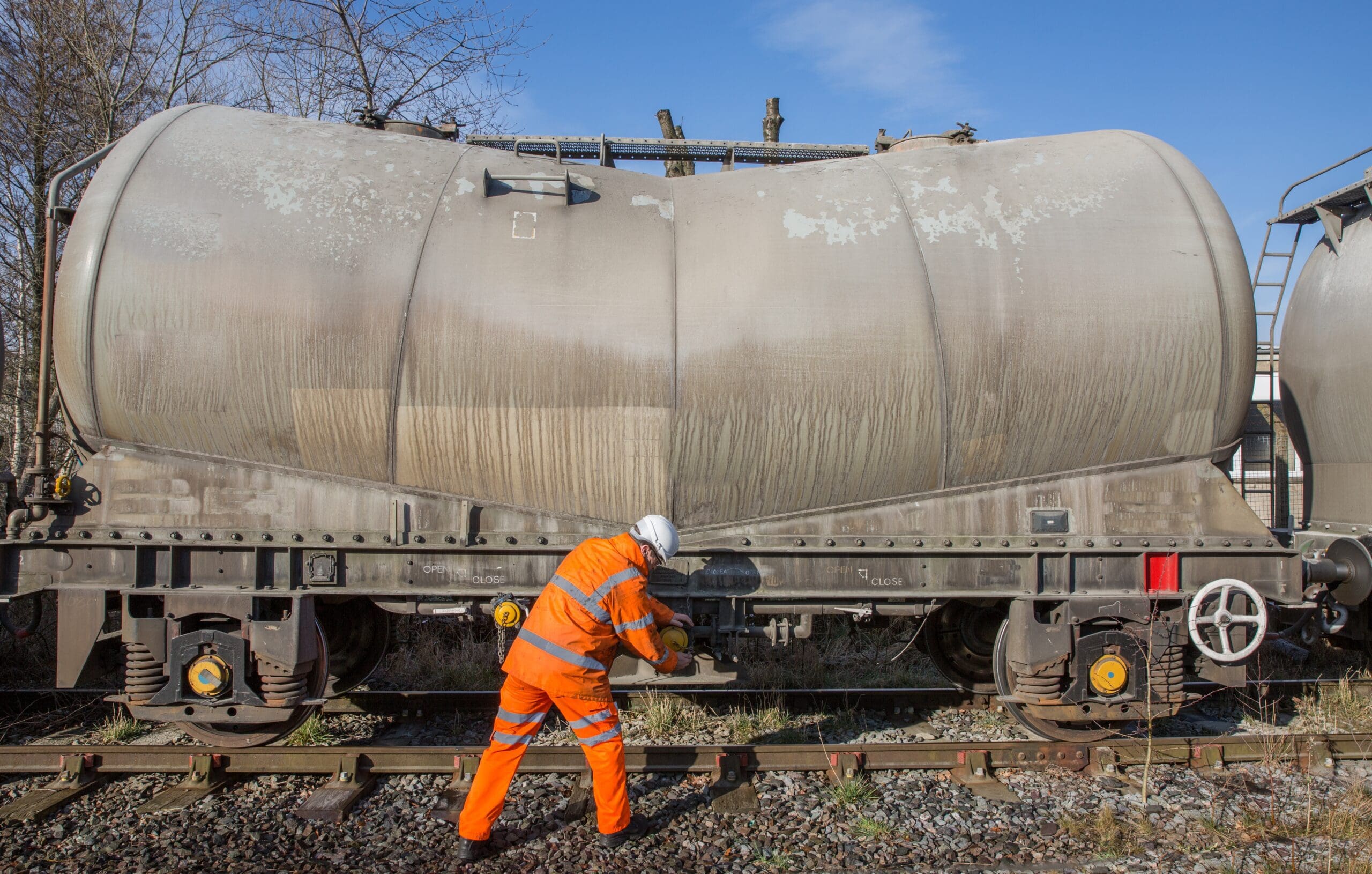How to Get a Settlement For Radon Caused by Railroad
From railway tracks to locomotives and railcars Precision bolting connects the railroad industry. These bolts can loosen with time due to heavy train traffic or extreme weather conditions. This could cause derailments or even separated tracks. bladder cancer caused by railroad how to get a settlement are designed to keep those bolts in place.
What is Radon?
Radon is an colorless, flavorless, odorless gas that causes cancer. It is generated by the oxidation of uranium in water, soil, and rocks. It can build up in foundation cracks and basements. Radon is the cause of an estimated 21,000 deaths from lung cancer each year. It is second only to smoking cigarettes as the primary cause for lung cancer in the United States.
Radon breaks down into radioactive elements which can be absorbed by dust particles and then be breathed into. The resulting radiation can harm the DNA of cells in the lungs and can encourage the growth of tumors.
The National Cancer Institute has classified Radon as a carcinogen. This means it could cause or contribute to cancer. The cancer caused by radon or other forms of radiation is not proven on a basis per case basis, since it could take years for a tumor to develop. Railroad employers are required to screen for these dangerous contaminants, and to make sure that workers do not continue to be exposed to them in an unsafe manner.
How do I know whether I have Radon?
Radon is an inert gas with no odor and color that can cause lung cancer if breathed in for long periods of time. It is a gas that is naturally produced by soil. It can escape through cracks in foundations and into homes. It is the most common cause of lung cancer among nonsmokers and second to smoking among smokers. It is easy to lower your risk of exposure to the radon molecule by conducting tests and, if needed, fixing your home.
Radon can be introduced into your home through soil gasses, however it is also able to enter your home through your well water. This is a lesser risk. It is concentrated in lower levels of the home and can cause respiratory issues like shortness of breath coughing, hoarseness, and chest pain.
You can identify radon by conducting a short or long-term test at your home. If your results are greater than 4 picocuries/liter, then you may want to consider mitigation measures. A professional can install a system to vent the radon out of your house and into the air, reducing your risk. It is recommended to test again after your home is fixed to ensure levels aren't too high.
How can I tell if my Radon levels are high?
Radon is an inert gas that is colorless, odorless, and tasteless. It can cause lung cancer when inhaled at high levels over a period of time. This is particularly true for those who smoke or have an antecedent of smoking.
Radon gas is formed naturally when the radium and uranium break down in the soil and rock. Typically, the gas disperses outside, but it may build up inside buildings and cause health issues.
You can purchase a radon test kit from the hardware store near you, or you can employ a professional to perform the test for you. The results of short-term tests are typically available in 2 or 3 working days, whereas longer tests can take up to 90 working days.
If your radon level is above 4 pCi/L, you should contact a professional to get an air purification system installed that will purify the air inside your home. Retest your home after the remediation is complete to see if levels have decreased.
What Do I Know If My Radon Levels are Low?

The EPA recommends the radon action threshold of 4 pCi/L, which is equivalent to 12,672 radioactive fragmentations perliter in one minute. At this level, radon could cause lung cancer both in smokers and non-smokers.
Radon is created through the natural breakdown of radionuclides and soil uranium. Over time, radon may accumulate in buildings and homes and then enter the air. It is difficult to recognize the presence of radon as it cannot be perceived, tasted, or smelt. Exposure to radon increases the risk of developing lung cancer, and may also cause other health issues such as pulmonary fibrosis and emphysema.
Radon is an naturally occurring, invisible gas with no odor that can build up to dangerous levels in homes and other buildings. It poses a significant health risk to tenants and property owners and could cause expensive lawsuits. The risks of radon can be easily avoided by taking the following steps.
How Do I Know If My Radon Levels Are Moderate?
Radon is an odorless, colorless gas that can enter schools, homes, as well as other buildings and cause lung cancer. It's the second most frequent cause of lung cancer in the United States, killing 21,000 Americans every year. Radon is found in soil and is found in the air that we breathe. It can build up to dangerous levels over time, increasing the risk of lung cancer dramatically.
It is important to find an experienced contractor who can fix the issue if elevated radon levels have been discovered. aml caused by railroad how to get a settlement can inspect the house to determine the source of the radon, and install systems to lessen it. bladder cancer caused by railroad how to get a settlement , fans and other methods of circulating air at lower levels are included.
It is suggested that buyers include a clause on radon in their contract if the home is located in an area that is prone to radon. The buyer can rescind an offer if a test shows unacceptable levels or at a minimum, to negotiate the issue. The good thing is that even severe radon issues can be resolved quite easily by using low-cost systems.
